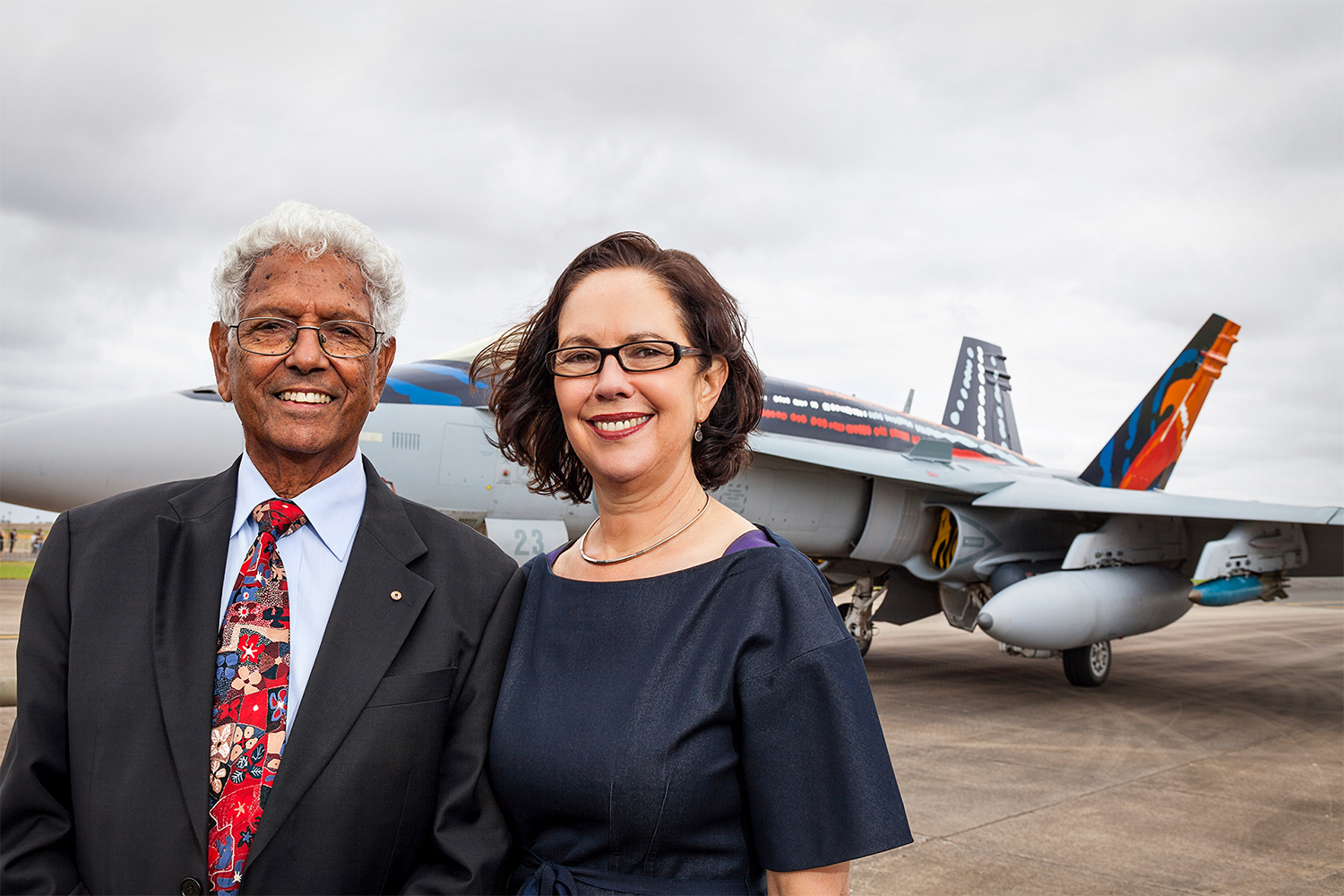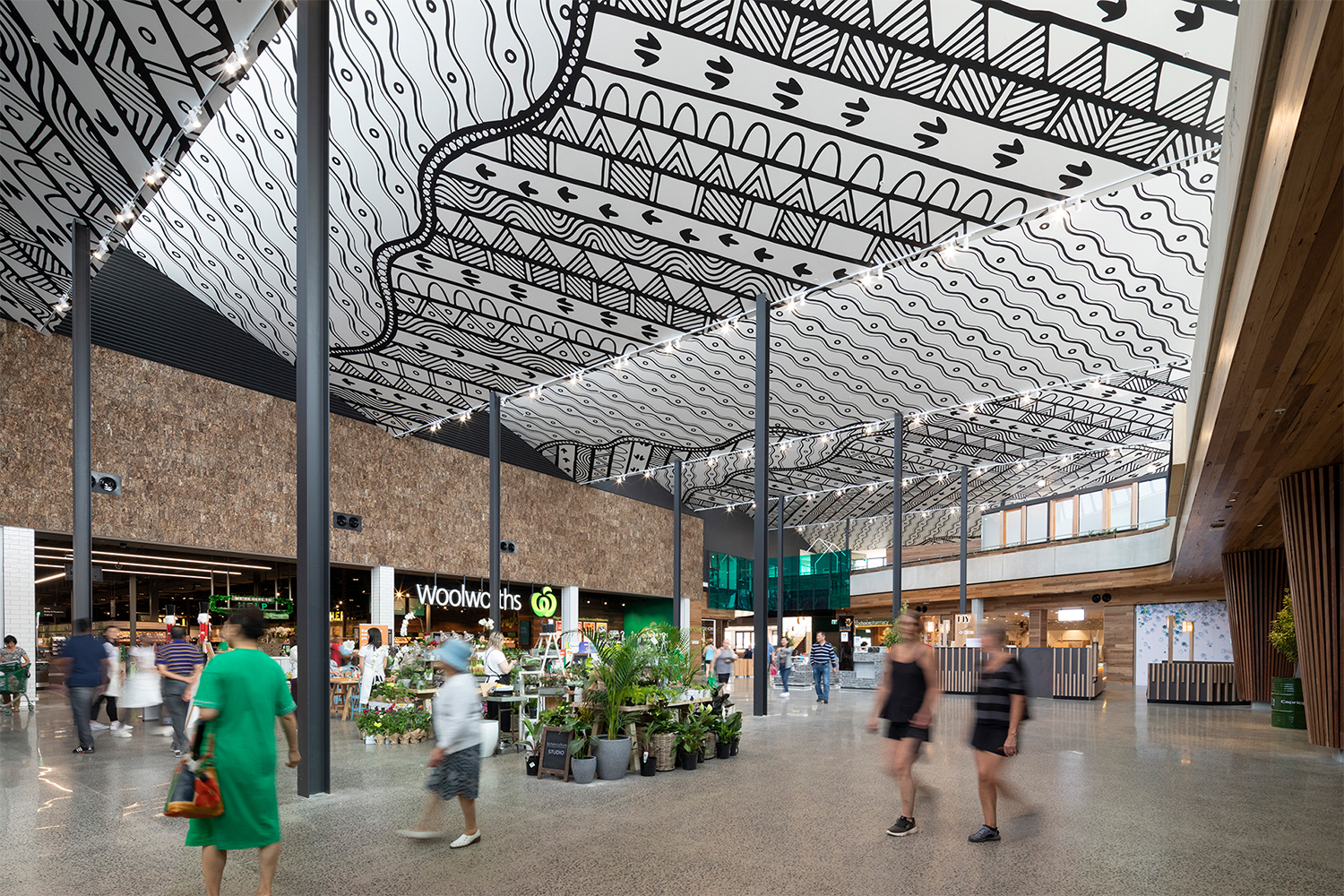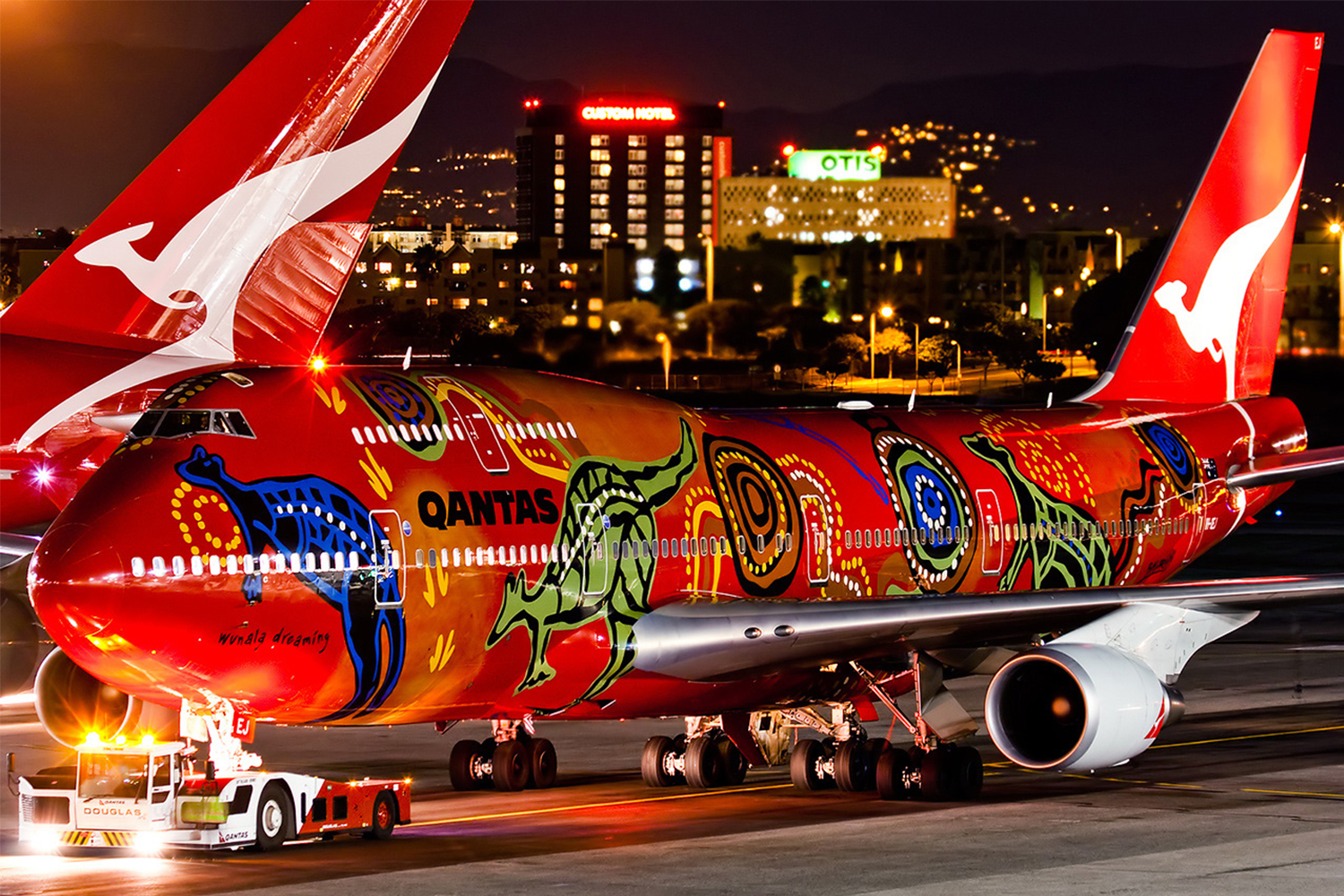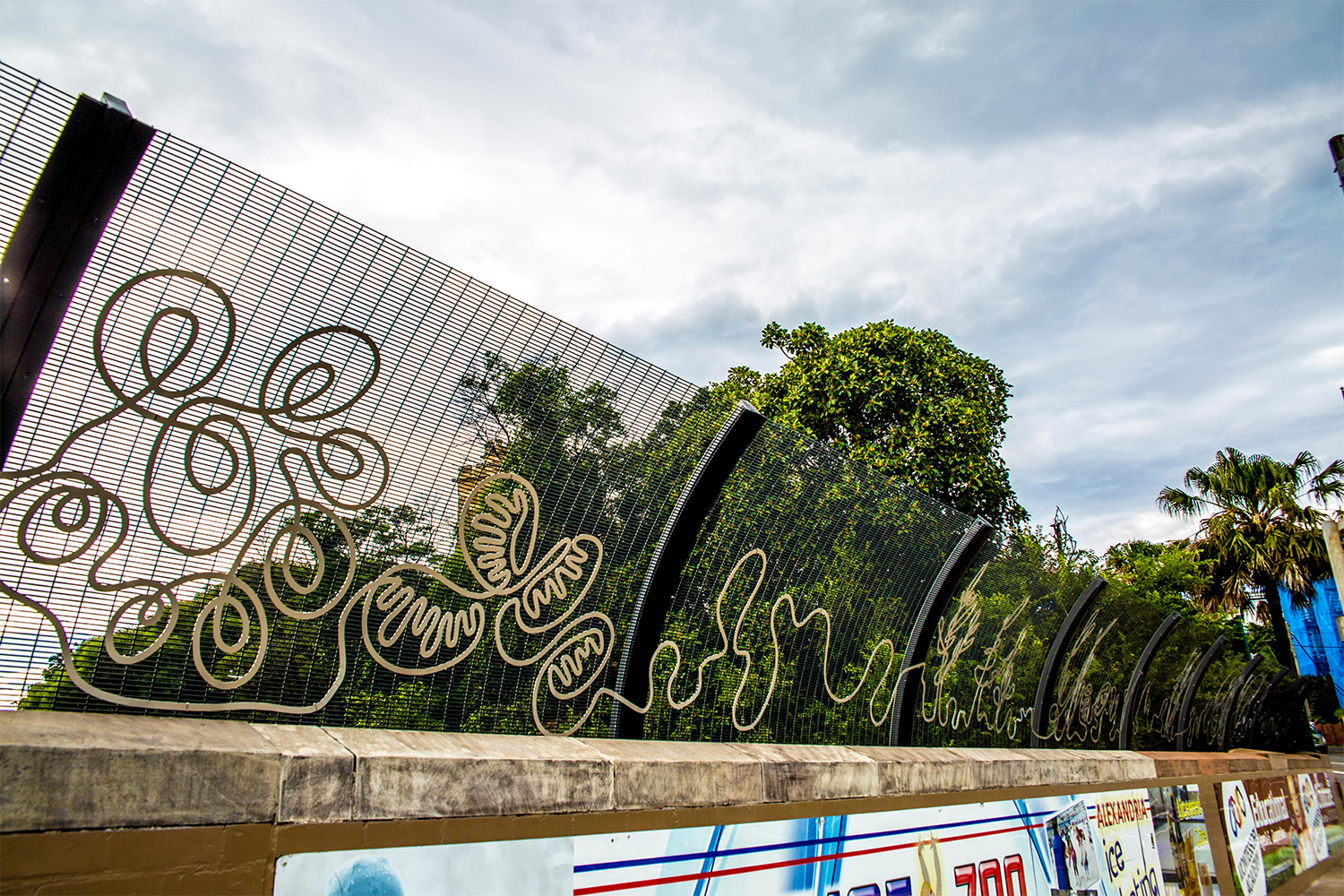Balarinji
Australia

Since 1983, trailblazing Aboriginal-owned strategy and design studio Balarinji has worked to deepen the understanding of Aboriginal Australia for major projects nationally. Founded by current Chair, Yanyuwa man John Moriarty AM, and current Managing Director, Ros Moriarty, the studio delivers authentic engagement with Aboriginal people, culture, art, stories and identity. Balarinji is the skin name of Ros and John’s two sons, Tim and James. Skin names denote a classificatory system that orientates people to land and relationships – to belonging.
The studio has worked across a wide variety of installation media and on many different interior and exterior sites, including large-scale public infrastructure, interpretive precincts, parklands, national and international institutions, corporate offices, retail outlets, public spaces and also uniforms.
Balarinji is known for its many iconic and nation-building design projects, including the Balarinji-Qantas Flying Art Series, 1984-2018,, featuring five aircraft with Aboriginal artwork livery and the Rio 2016 Paralympics Australian uniforms, the 2000 Walk for Reconciliation official poster, and just recently, the groundbreaking Indigenous Nation Brand for Austrade. The practice has also worked with organisations such as the Australian Ballet, CSIRO, the band U2, Austrade, Downer EDI, Frasers Property and many, many more. Many of its projects are award-winning, including the Aboriginal public art installation for Burwood Brickworks Shopping Centre which won the Architectural Design Urban Design and Public Spaces category in the 2020 Good Design Awards.
Balarinji’s founders have been awarded the 2021 Australian Design Prize from Good Design Australia and have been inducted into the Australian Graphic Design Association Hall of Fame and the Design Institute of Australia Hall of Fame. The National Museum of Australia, Canberra, holds the company’s design archive, its original works on paper and The John Moriarty Collection. Balarinji is also represented in the collections of Sydney’s Powerhouse Museum, and the Centre for Contemporary Graphic Design, Fukuoka, Japan.
Photography: Dianna Snape, Stefan Sonnenberg, Matt Bartolo, and courtesy of Balarinji




